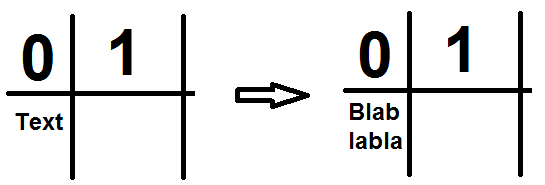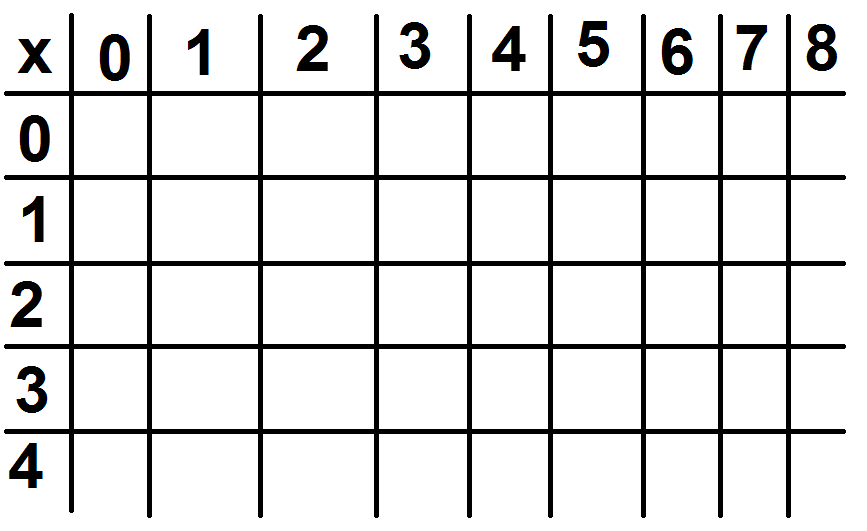Purpose of having multiple hashtables
I usually only ever use a single hashtable in my maps.
Can someone please tell me possible reasons to have more than one hashtable?
I've seen other peoples maps and spells with different hashtables and I think I'm missing something important.
I usually only ever use a single hashtable in my maps.
Can someone please tell me possible reasons to have more than one hashtable?
I've seen other peoples maps and spells with different hashtables and I think I'm missing something important.
Last edited:










